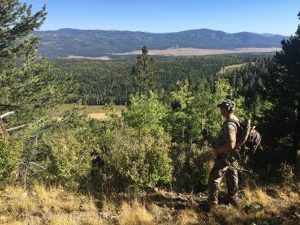
It looks a bit rough, but huntable – which is an easy assessment to make from my office in the Midwest.
But the reality is, I know I am going to be humbled by how tough this country is when I actually get there, put boots on the ground, and begin hunting.
Packing in camp is going to be a chore. Hunting the mountains day-after-day is going to be exhausting.
And hauling out at least a couple of loads of elk meat? That is going to be absolutely grueling!
Before we talk about specific exercises or training regimens we should consider undertaking, let’s first talk about the bigger picture.
What specific areas of our bodies should we focus on improving if we want to become capable and confident mountain elk hunters?
Confront the Numbers
Over the last year and a half I have focused on beginning to get in shape for my elk hunt. My first steps were obvious – drop some weight and build an overall base of fitness. The majority of us need to drop a few pounds.
Packing your shelter, water, food and other gear is going to mean lugging some weight around, so why make it worse by being overweight yourself?
Lightweight gear is great, but a lighter, stronger, fitter YOU is far better! Moving beyond the obvious – losing some weight – let’s now look at some specific areas that we should F.O.C.U.S. on… Foundation, Oxygen, Core, Understanding, Strength This cheesy acronym was actually an accident, but it truly does represent the essential elements that I intend to focus my training on, and it does so in nearly perfect order of importance. As several veteran elk hunters have told me, “Train legs, legs, legs, and then some more legs.” I will be climbing up mountains by the power of my legs, scaling down mountains by the power of my legs, searching for elk sign by the power of my legs, getting into range of elk by the power of my legs, and packing out an elk by the power of my legs. When I drive to the trailhead from Missouri, get out of the vehicle, and begin making my way up the mountain towards camp, I will be facing a scientifically proven battle for oxygen resources. The low concentration of oxygen in the high, thin air at altitude will make it difficult for my body to perform at its best. When most people think of working their “core”, they think of sit-ups. But your body’s core is so much more than your abs. When we talk about strengthening our core we are talking about our lower back, hips, and yes – our abdominal region. Our core connects our body’s larger movements, and a strong core will help prevent injury, increase stability, and improve our body’s efficiency. Focusing on improving our core will help with hauling loads in a backpack, improving stability while hiking in difficult terrain, and will reduce stress on our legs and back. One of the most important lessons that I learned over the past year-and-a-half is that physical training has so much to do with our mental understanding. Not only is a strong mind required to train out our best, but physical training actually increases our mental strength. The mental and the physical – they are undeniably interconnected. I simply cannot overstate how important it is to train the mind for backcountry hunts. Quitting happens in your head. Finally, after you have focused on the areas mentioned above, improving your overall strength can be an asset in elk hunting. There won’t be any bench press tests in the backcountry, and you don’t have to go “Beast Mode” by any means, but improving the strength of your upper body can be an asset – especially after an elk is on the ground. Ok, so how do we train in these areas? Good question. There is a lot of freedom and variety that you can employ in your approach to working out, and I certainly won’t say what the “best way” for you will be – but I will be documenting how I am training in these areas.F.O.C.U.S. Your Effort
Foundation
Oxygen
Core
Understanding
Strength


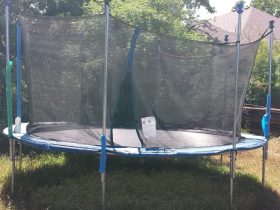


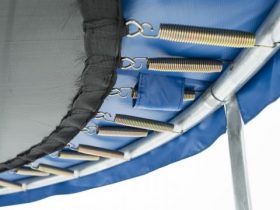
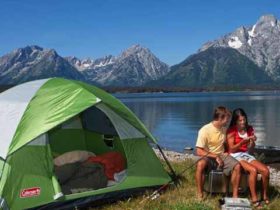
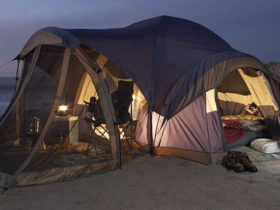

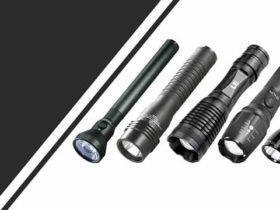
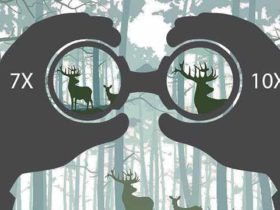
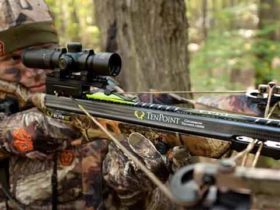
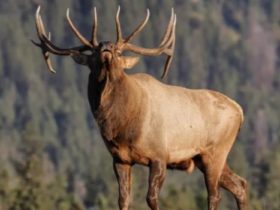
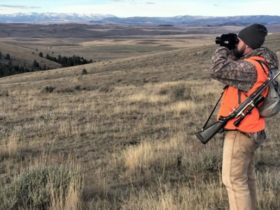
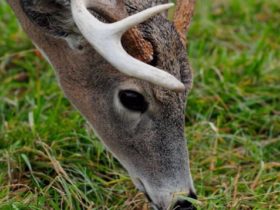
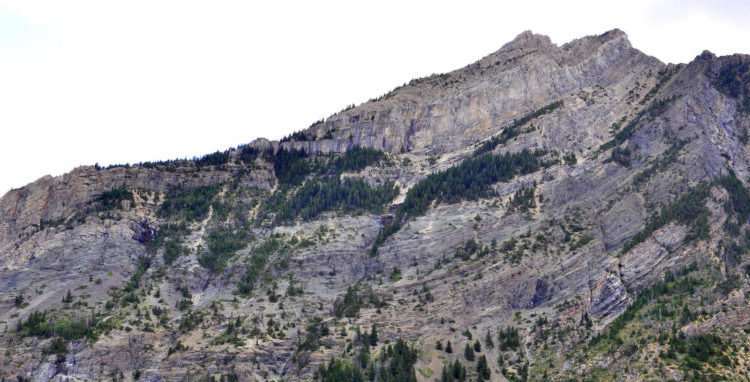
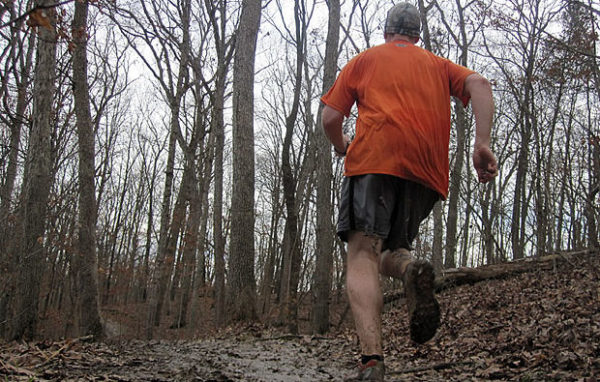




Leave a Reply
View Comments